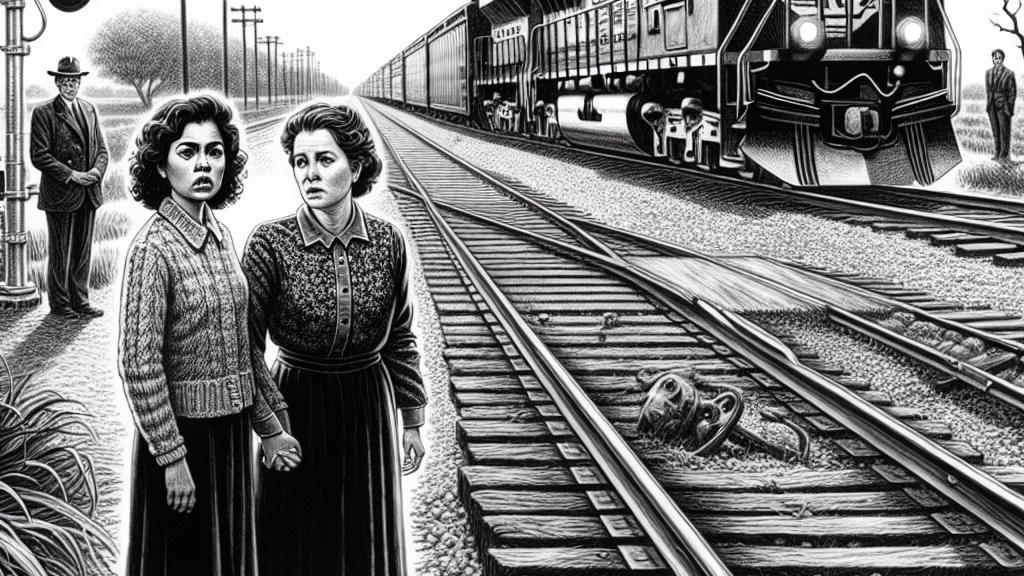Tragic Incident at Rail Crossing Involving Two Women
Overview
- Two young women tragically struck by a train at a rail crossing in Kobe, Japan.
- This heartbreaking accident emphasizes the urgent need for improved safety measures.
- Ongoing investigations aim to clarify the circumstances surrounding this devastating event.

Summary of the Incident
On a fateful afternoon, January 9, 2025, a tragedy struck in Tarumi Ward, Kobe, where two women—believed to be in their 20s and 30s—lost their lives when struck by a train belonging to Sanyo Electric Railway. Just moments before the collision, the train conductor reported seeing them positioned dangerously close to the tracks, seemingly waiting at a crossing. It's particularly tragic because, right nearby, there was a pedestrian crosswalk, which may have added to the confusion about where it was safe to stand. Unfortunately, the momentary lapse of attention in a critical situation led to a catastrophic outcome.
The Critical Need for Enhanced Rail Safety
Accidents at rail crossings highlight a disturbing trend. Safety measures often fall short, especially at less regulated crossings, where no barriers or warnings are present. According to data from the Japan Transport Safety Board, 60% of pedestrian fatalities at rail crossings occur when individuals cross just before a train approaches. For example, in past years, numerous incidents along the Sanyo Electric Railway prompted local authorities to implement stronger safety protocols, but incidents like this one illustrate that more work is needed. Communities that have taken proactive steps—such as increasing signage, installing automated barriers, and conducting safety awareness campaigns—have demonstrated a measurable decrease in accidents, reinforcing the notion that education saves lives.
A Collective Call for Community Vigilance
In the wake of this tragic incident, Sanyo Electric Railway had to suspend operations temporarily, affecting thousands who rely on this transportation line daily. Events like this serve as crucial wake-up calls regarding rail safety across Japan, a country famed for its efficient public transit system. It is imperative that both the community and relevant authorities come together to foster a culture of safety awareness. Imagine community-led workshops that emphasize the dangers of ignoring rail signals and educate residents on the proper protocols when approaching crossings. Every single person can play a role in preventing further tragedies, and embracing this collective responsibility may prove to be one of the most effective strategies in safeguarding lives. Let us not forget, it's our shared duty to ensure that safety measures are not just established but actively communicated and respected.

Loading...